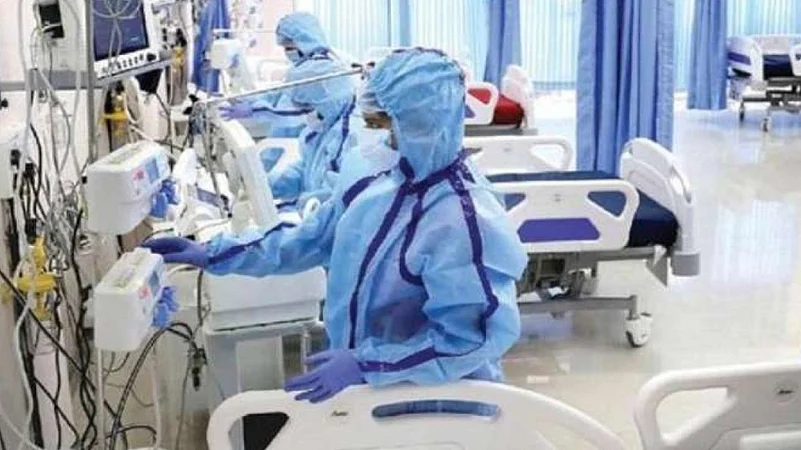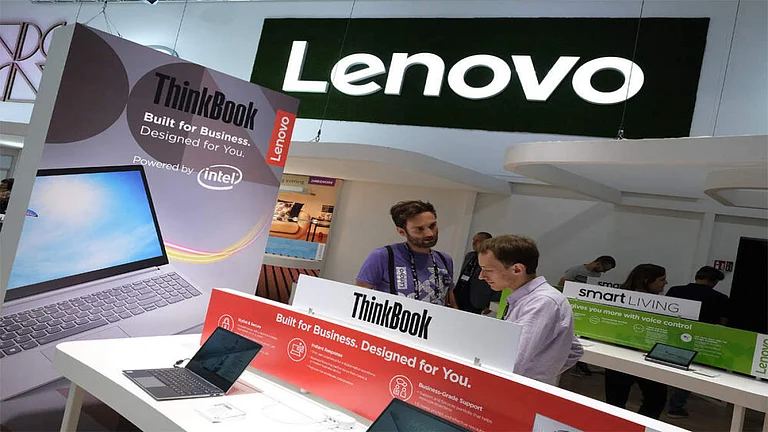The Indian healthcare sector is seeing unprecedented levels of investment largely from global private equity (PE) firms and Indian corporate giants.For evidence consider this: the Adani Group has pledged Rs 6,000 crore ($6.93 billion) to set up two Adani Health Cities (AHC) in Mumbai and Ahmedabad, in collaboration with the storied Mayo Clinic, incorporating multi-specialty hospitals, medical colleges, and advanced research facilities. The Bajaj group has earmarked an even bigger Rs 10,000 crore ($11.53 billion) to set up a chain of hospitals in India, according to Bloomberg.
Further, the Tata Group is expanding its hospital portfolio with a Rs 500 crore investment in Mumbai’s Breach Candy Hospital. The group already operates the Tata Memorial Centre and an animal hospital in Mumbai. Reliance Industries Ltd (RIL) acquired Karkinos Healthcare, an oncology-focused healthcare platform, for Rs 375 crore in December last year.
While the Tata, Birla, and Hinduja groups, have had a long-standing presence in the hospital segment, a slew of global PE firms is now queuing up to buy into established hospital chains.
The healthcare sector saw a record $9.96 billion worth of mergers and acquisitions in 2024, three times higher than the previous year, as per the Grant Thornton Bharat Annual Deal Tracker. Hospitals mopped up 44% of all the deals translating into $5.56 billion.
Grant Thornton Bharat data shows that PE investment in Indian hospitals peaked in 2023 at a record $3.79 billion but slid to $504.09 million last year. The 2023 deals included Blackstone's acquisition of Care Hospitals and KIMS in a deal worth over $1 billion and the acquisition of Manipal Hospitals by Tamaesk for$2 billion. In the same year, BPEA EQT bought Indira IVF for $657 million.
In 2024, the merger of Aster DM Healthcare and Blackstone-backed Quality Care India Limited (QCIL), valued at $5.08 billion, spawned Aster DM Quality Care, the third-largest hospital chain in India.
"The growing demand for quality healthcare in India, driven by demographic shifts and evolving medical needs, has led to a surge in investment across the sector," said Bhanu Prakash Kalmath S J, Partner, Grant Thornton Bharat.

What Makes Private Hospitals Attractive?
According to analysts Outlook Business spoke to, there are two key drivers: rising insurance penetration and lack of healthcare infrastructure.
Since Covid-19, insurance penetration in the country has grown rapidly, leading to a rise in demand for quality healthcare services, said Dheeresh Pathak, Fund Manager for WhiteOak Capital AMC.
"Earlier, people were fine with ward beds. Now, with insurance, they insist on a private room and ask the hospital for the best coverage their policy offers," he said.
Data from Bajaj Finserv’s study shows that while India is still grossly underinsured compared to developed economies, the gap is starting to narrow. From FY20 to FY24, health insurance premium collection increased from $7.04 billion to $13.07 billion.

Private Capital to Fill Infrastructure Shortage
According to the Economic Survey 2024-25, another driver of private sector interest in healthcare in India its low 3.8%, health expenditure (HE) as a percentage of GDP, which is far below the WHO's recommendation of around 6%.
Indian hospitals together offer just 1.3 beds for every 1,000 people, as per a Bajaj Finserv report. Even to reach the humble target of three beds per 1,000 by the end of 2025 the country would need an additional three million beds.
"Ultimately, it is for the private sector to deliver," said Sorbh Gupta, Senior Fund Manager, Equities, Bajaj Finserv AMC. “This is a large, lucrative opportunity for investment, attracting the PE firms.”
WhiteOak Capital's Pathak echoes his view. “The sector is promising, with significant growth potential. When managed well, extensive hospital networks can yield strong IRRs (internal rates of return)."The matrix, he says, allows companies to allocate capital to projects with the best return potential in the long run.”
Pathak explains that it takes almost three years to build a hospital, an additional year or two to break even and another three to four years to reach maturity. Despite this, he said that "Hospitals can have high IRRs."
Old Guard Not Behind with Capex
While new, more capital-rich players are entering the sector, current players are also stepping up their game with mega capex plans. Top hospital chains such as Apollo Hospitals, Max Healthcare, and Aster DM Healthcare have been focusing on increasing their bed counts and expanding their existing projects.
Apollo Hospitals Enterprise plans to commission over 1,700 beds over the next two financial years across Pune, Kolkata, Hyderabad, Gurgaon, and Delhi.
"All these have cities have large large revenue potential," said Krishnan Akhileswaran, Group Chief Financial Officer, Apollo Hospitals at the third-quarter conference call on February 11.Among other players, Max Healthcare is looking to add 1,464 beds, and Fortis about 400 beds in FY26, as per their Q3 FY25 announcements. Among other listed players, Aster DM is planning to add 564 beds in FY26, while Narayana Hrudayalaya plans to operationalise 1,085 beds by FY28.
Talking about rising wave of M&As and consolidation in the sector, Ashutosh Raghuvanshi, CEO of Fortis Healthcare, believes that this is owing to the increasing competition in the market. However, he said, "I would say it is not a war but more like isolated battles.” Max Healthcare's MD, Abhay Soi, told analysts recently that his group plans to "continue strategically pursuing inorganic opportunities."
These expansion plans are backed by robust Q3 FY25 performances, where all three top players saw their occupancy rates improve and achieved double-digit revenue growth.

































